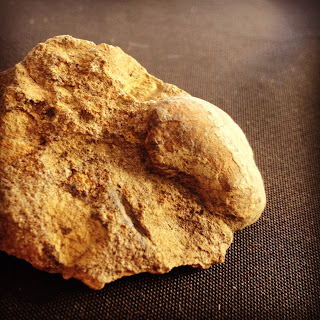We have more or less settled into the new house, so Bella and I decided to go birding this morning. In total we counted 19 different species and I saw two lots of birds in flight over the lake that I wasn't quick enough to identify. Fairly sure one was a Tern, the other probably a Masked Lapwing.
The birds were feeling very friendly today and I managed to get some photos. Here are the best of the bunch!
First spot of the day was a pair of Spotted Doves, which are introduced but look rather lovely.
Up one of the gum trees was a young Australian Magpie, who was incredibly curious, especially after I whistled something to him in what was meant to be Magpie warbling but sounded more like a dysfunctional slide whistle.
The awful noise also attracted some curious Little Corellas;
After we'd been thoroughly inspected by the magpie-corella-brigade we moved off down towards Budgewoi Lake.
There were several groups of Chestnut Teal along the lake edge. (Or as comedian Bill Bailey calls them "the ducks of evil", probably due to the red eye!)
Also spotted from near a small jetty was a fishing cormorant (sp. unidentified), an Australian Pelican, some beautiful Black Swans (lots of these):
An Eastern Great Egret and an Intermediate Egret (yes, I am sure it was the two different ones) pics in order...
Another long-legged wader was out fishing,
a White-faced Heron, who did quite well for little fish while we were watching.
On the other side of the path is a reserve, filled with Casurina, Paper-barks, Eucalypts and Palms. Water birds are replaced by parrots, Noisy Miners and Grey Butcherbirds. I also spotted this neat little nest:
The spectacularly colourful Eastern Rosella stopped to pose for the camera:
While a Galah waddled through the dandelions:
Oddly, the birds seemed to get more active the warmer it got! Perhaps they were using the shelter of the reserve to keep cool? I am currently on the look out for the Channel Billed Cuckoo, which makes a loud grating squawky noise and has a long curved beak.
I have a number of blog posts in the works, so keep your eyes peeled for more Birds, Dinosaurs and Anatomy!










































